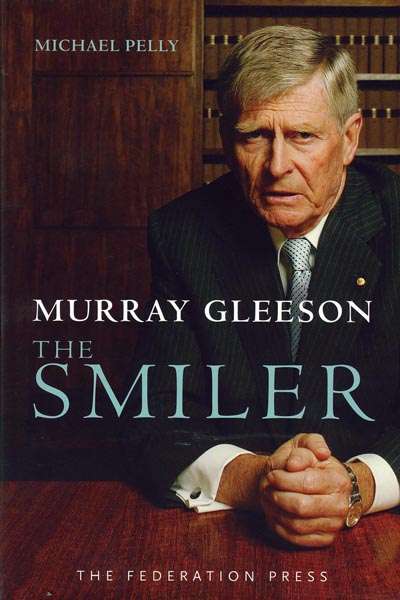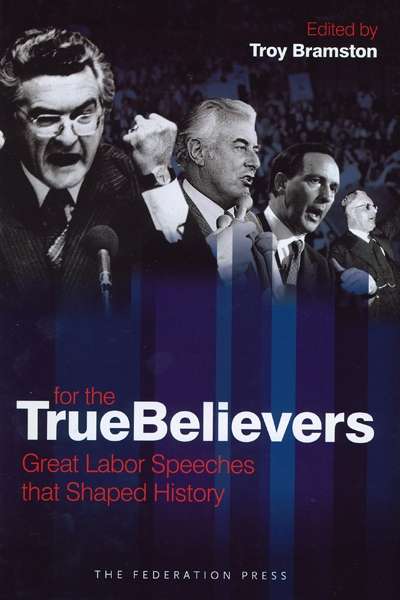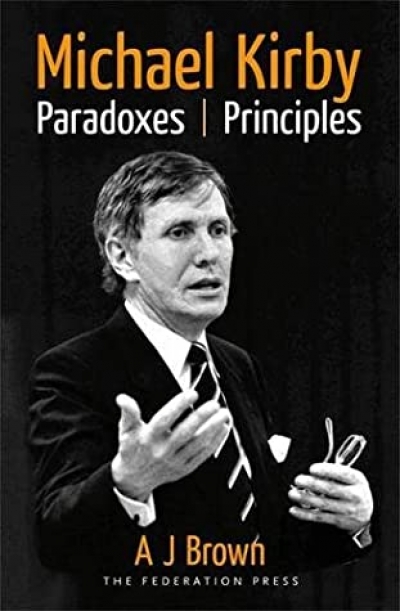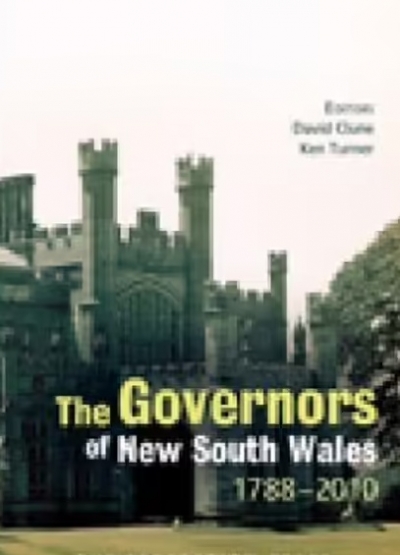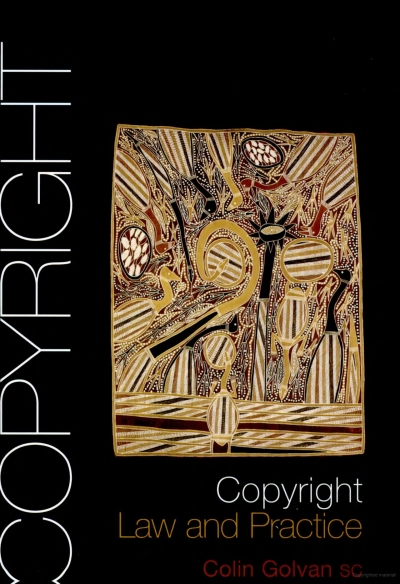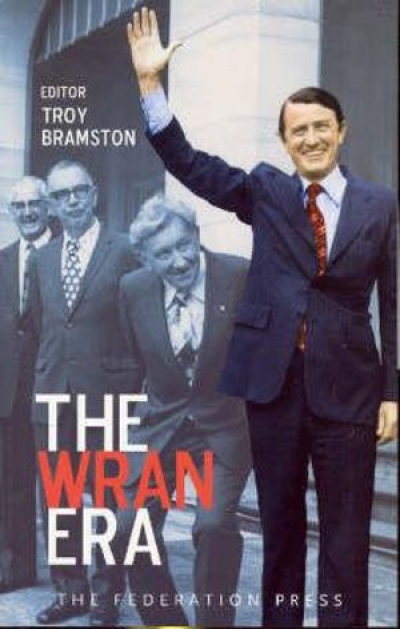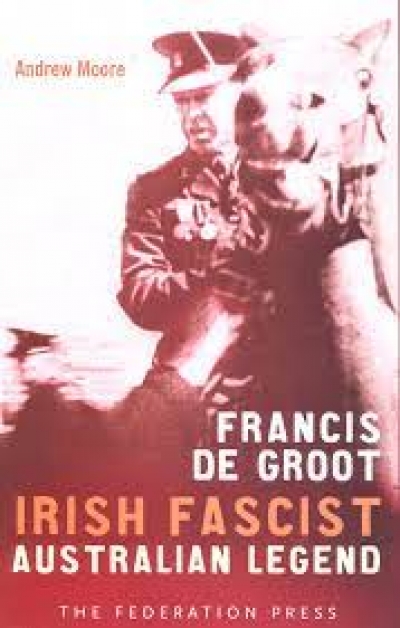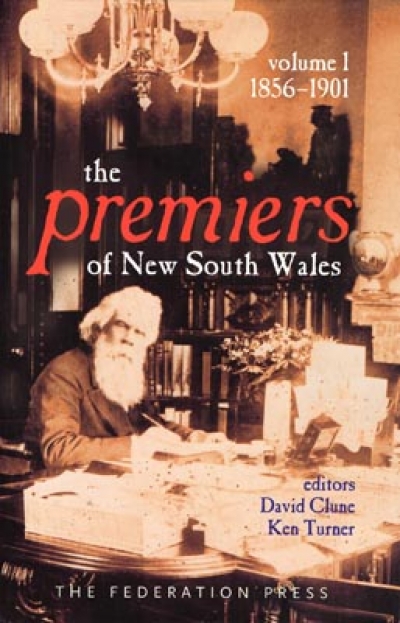Federation Press
For the True Believers: Great Labor speeches that shaped history edited by Troy Bramston
by Lyndon Megarrity •
People on Country: Vital Landscapes, Indigenous Futures edited by Jon Altman and Seán Kerins
by Richard J. Martin •
The Governors of New South Wales 1788–2010 edited by David Clune and Ken Turner
by Nicholas Brown •
The Victorian Premiers 1856–2006 edited by Paul Strangio and Brian Costar
by John Button •
Francis de Groot: Irish fascist, Australian legend by Andrew Moore
by Dan Toner •
The Premiers of New South Wales Volume 1 edited by David Clune and Ken Turner & The Premiers of New South Wales Volume 2 edited by David Clune and Ken Turner
by Grant Bailey •

